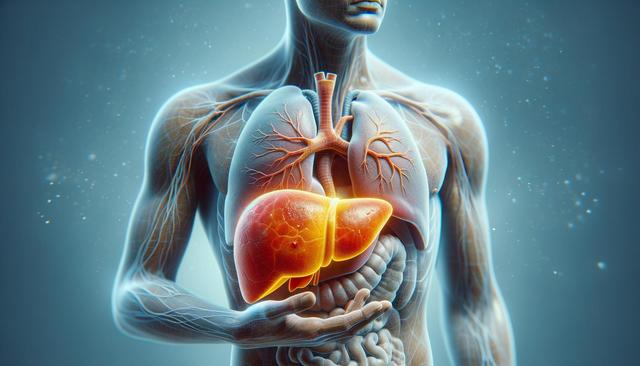Understanding the Symptoms of Liver Disease
Early Warning Signs of Liver Disease
The liver is a vital organ that plays a crucial role in detoxifying the body, producing proteins, and aiding in digestion. Recognizing the early warning signs of liver disease can lead to timely intervention and prevent further complications. Some initial symptoms may be subtle and easily overlooked. Common early signs include fatigue, which is often dismissed as a result of a busy lifestyle. Additionally, digestive issues such as nausea, vomiting, and loss of appetite can occur. These symptoms, while common, can be indicative of liver dysfunction and should not be ignored. By paying attention to these early warning signs, individuals can seek medical advice promptly, potentially halting the progression of liver disease.

Jaundice and Skin Changes
One of the most recognizable symptoms of liver disease is jaundice, a condition characterized by a yellowing of the skin and eyes. This occurs when the liver is unable to process bilirubin, a yellow pigment found in bile. As bilirubin accumulates in the bloodstream, it leads to the characteristic yellow hue. In addition to jaundice, individuals may notice changes in their skin texture and color. The skin might become itchy, a condition known as pruritus, due to the buildup of bile salts. Furthermore, liver disease can cause spider angiomas, which are small, spider-like blood vessels visible under the skin. These skin changes are often visible indicators that warrant further investigation into liver health.
Abdominal Discomfort and Swelling
Liver disease can lead to abdominal discomfort and swelling, as the liver becomes enlarged or inflamed. This condition, known as hepatomegaly, can cause a sensation of fullness or heaviness in the upper right side of the abdomen. In more advanced stages, fluid may accumulate in the abdominal cavity, a condition called ascites. Ascites can lead to significant swelling and discomfort, making it difficult to perform daily activities. Individuals experiencing these symptoms should consult a healthcare professional for a thorough evaluation. Prompt diagnosis and treatment can alleviate symptoms and improve quality of life.
Changes in Urine and Stool
Alterations in the color and consistency of urine and stool can also indicate liver disease. Dark urine is a common symptom, resulting from excess bilirubin being excreted through the kidneys. Meanwhile, stool may appear pale or clay-colored due to a lack of bile reaching the intestines. These changes are significant markers of liver dysfunction and should not be ignored. Observing such changes consistently warrants a medical consultation, as they can provide valuable insights into liver health. Early detection of these symptoms can facilitate timely intervention and prevent the progression of liver disease.
General Health Implications
The symptoms of liver disease can have broad implications for overall health and well-being. As the liver’s function deteriorates, individuals may experience systemic effects such as muscle wasting, confusion, and cognitive impairment, a condition known as hepatic encephalopathy. Moreover, liver disease can compromise the immune system, increasing susceptibility to infections. Recognizing the interconnectedness of these symptoms with liver health is essential for comprehensive care. A multidisciplinary approach involving healthcare professionals can help manage the symptoms effectively, enhancing the quality of life for those affected by liver disease.
